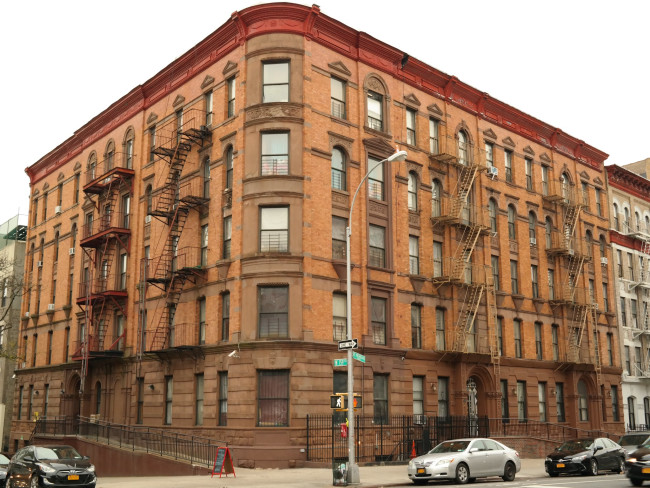How the 'real estate whisperer' won a 30-way bidding war and landed his dream house
- Jonathan Miller is the author of the Elliman Report, which tracks NYC and other housing markets
- Bidding wars were involved in about 50 percent of deals in many NYC suburbs this summer
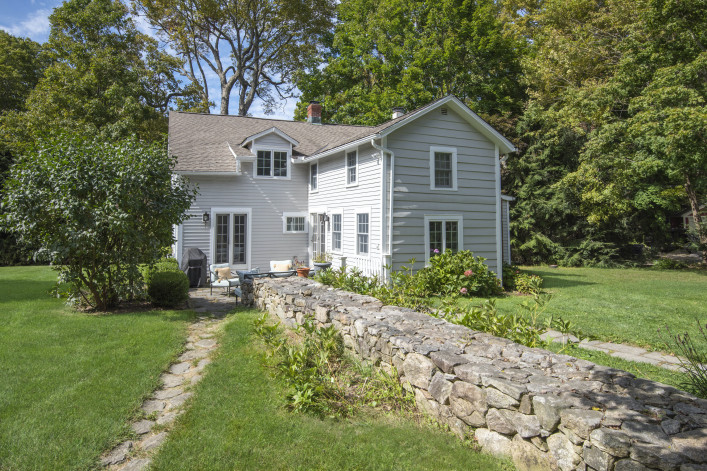
One of the most quoted experts on housing markets, Jonathan Miller of real estate appraisal company Miller Samuel, won an unusually large 30-way bidding war for a Connecticut house built in 1755.
Photo by Jay Graygor
Years ago, my husband and I won a seven-way bidding war for a Brooklyn condo. When I got the news from our broker, instead of feeling excitement or relief, I felt sick to my stomach.
I turned to my husband to ask, “What have we done?” My assumption was that we had been a couple of schmucks and bid way too high. (At the time, $440,000 for a two-bedroom condo in Park Slope felt like a lot of money. Little did we know.)
So it makes sense that someone nicknamed “the real estate whisperer,” aka Jonathan Miller, president and CEO of real estate appraisal company Miller Samuel, would come away from winning an unusually large 30-way bidding war at the height of the market last summer feeling elated. No such doubts for him.
Understanding pricing is the key to feeling confident about your bid—and beating the competition. There’s arguably no one who knows pricing better than Miller, who has authored the Elliman Report for 27 years. It tracks prices and sales volume for New York City and its suburbs as well as other locations around the U.S. He’s one of the most quoted experts on housing markets and Business Insider called him “the most honest man in real estate” in a recent profile.
[Editor's Note: Brick Underground's Inside Stories feature first-person accounts of interesting, real-life New York City real estate experiences. Have a story to share? Drop us an email. We respect all requests for anonymity.]
Bidding wars proliferate around NYC
The percentage of deals involving bidding wars is one of the many metrics Miller follows in his market reports for both the sales and rental markets. (Bidding wars for rentals became a phenomenon during the pandemic.)
These days the number of deals going to best and final offers in NYC and its suburbs are minimal: Bidding wars were involved in 7.5 percent of Manhattan deals in the fourth quarter of 2022, according to the Elliman Report—but earlier in the year they accounted for about half of sales in some NYC areas. For example, in the second quarter of 2022 in Fairfield County, Connecticut, where Miller was house hunting, the percentage of deals involving bidding wars was 48.9 percent, and buyers paid an average premium of 5 percent more as a result.
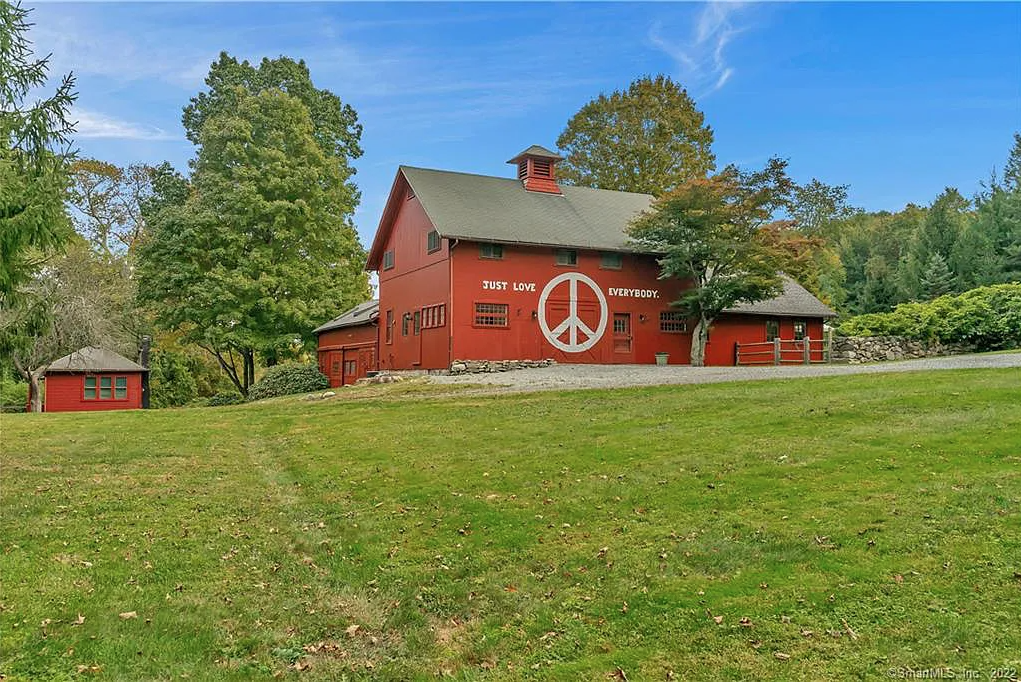
In mid-April, before Miller won that 30-way best and final, he lost out on something he really wanted. He and his wife Cheryl lost a six-way bidding war for a renovated barn in Redding, Ct. with a two-story peace sign painted on the side.
“How cool does that sound?” he asks. It was the place of his dreams. “In our heads, we had already moved in.” They bid 28 percent over the $860,000 asking price.
But despite being the highest offer by $25,000 and not having a financing contingency, they were bested by someone who offered all cash. It ended up selling for $1,074,000.
Miller described himself as “devastated.” Even real estate professionals are susceptible to all the emotions that come with losing out on a dream home. That’s why a good broker is necessary to serve as a buffer and provide objectivity, he points out.

A plan to buy first and then sell
He and Cheryl were planning on selling their house in Darien, Connecticut, where they had lived for 32 years and raised four sons, now grown. Some of their kids have children of their own.
“We didn’t need all that space and wanted more land. I’m now coming into the city about two days a week, so I was willing to have a longer commute,” Miller explains.
They didn’t think they would find something they liked better than the so-called "peace barn," but soon a Zillow alert popped up for a listing for a house built in 1755 in Ridgefield, Ct.—constructed before the U.S. became a country—with 2,300 square feet and two acres.
They’re fans of (really) old houses.
“We know what it is like to live in a historic house,” Miller says. Their house in Darien is a 1825 Salt Box-style with a tunnel used as part of the Underground Railroad. That house is a whopping 4,500 square feet.
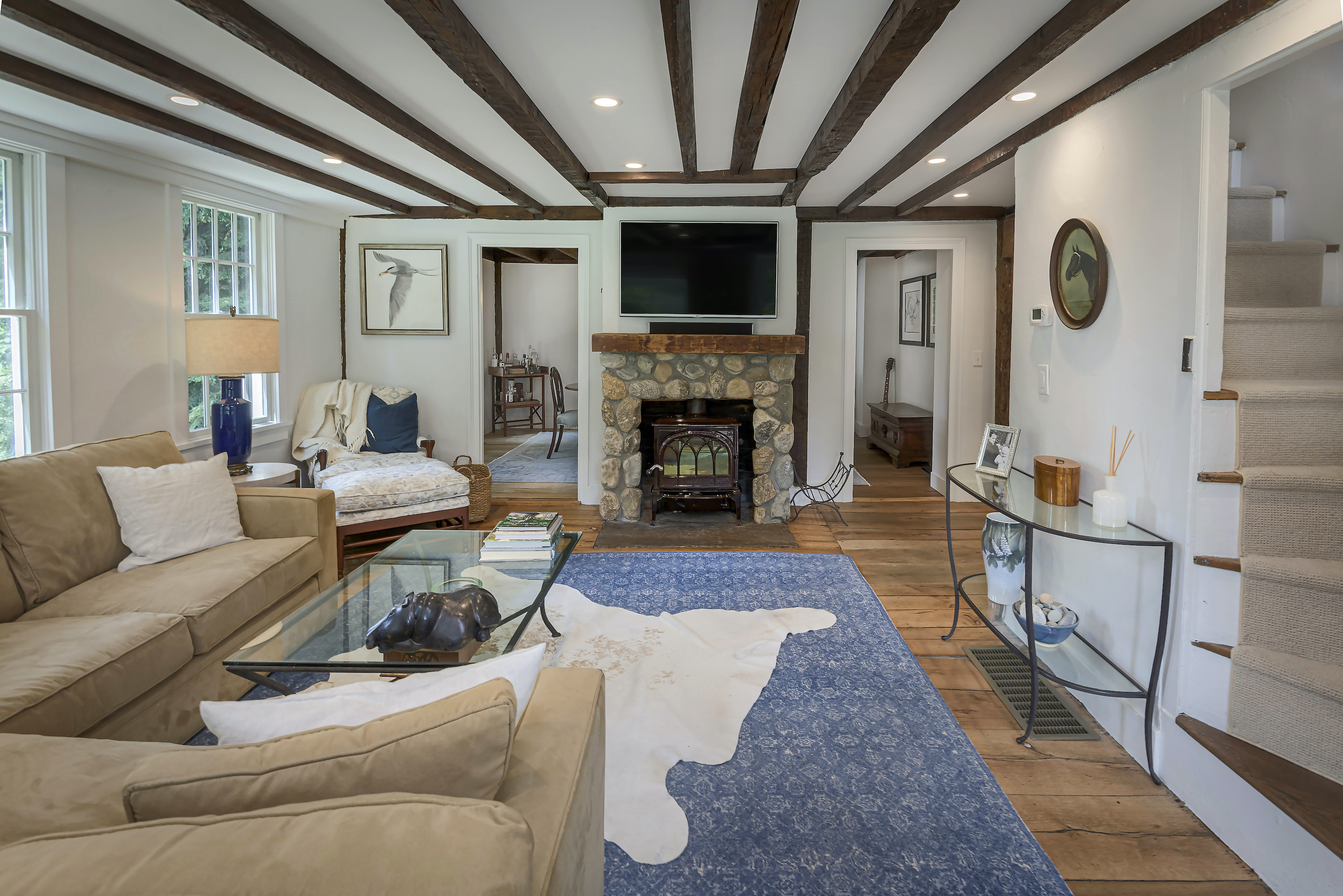
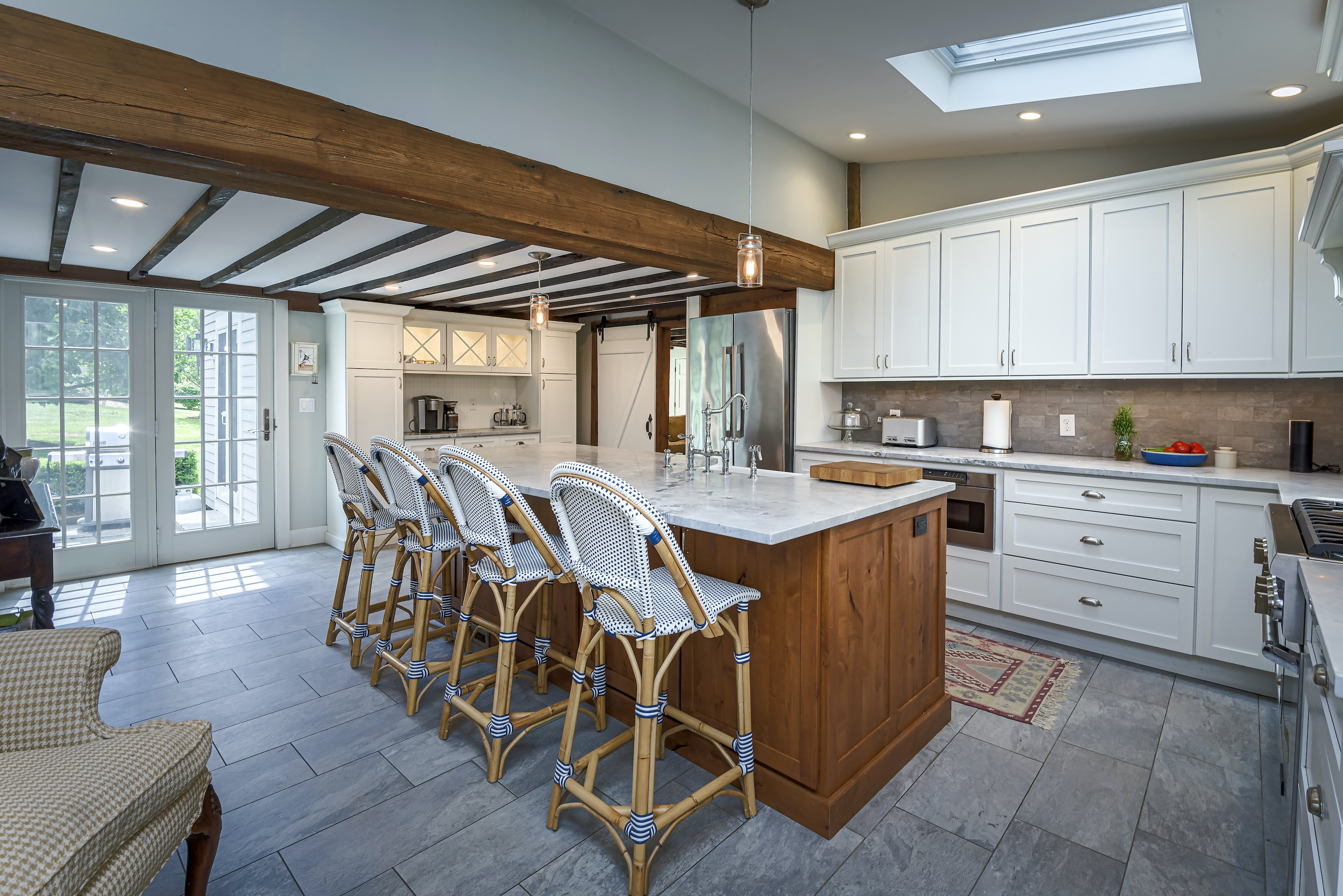
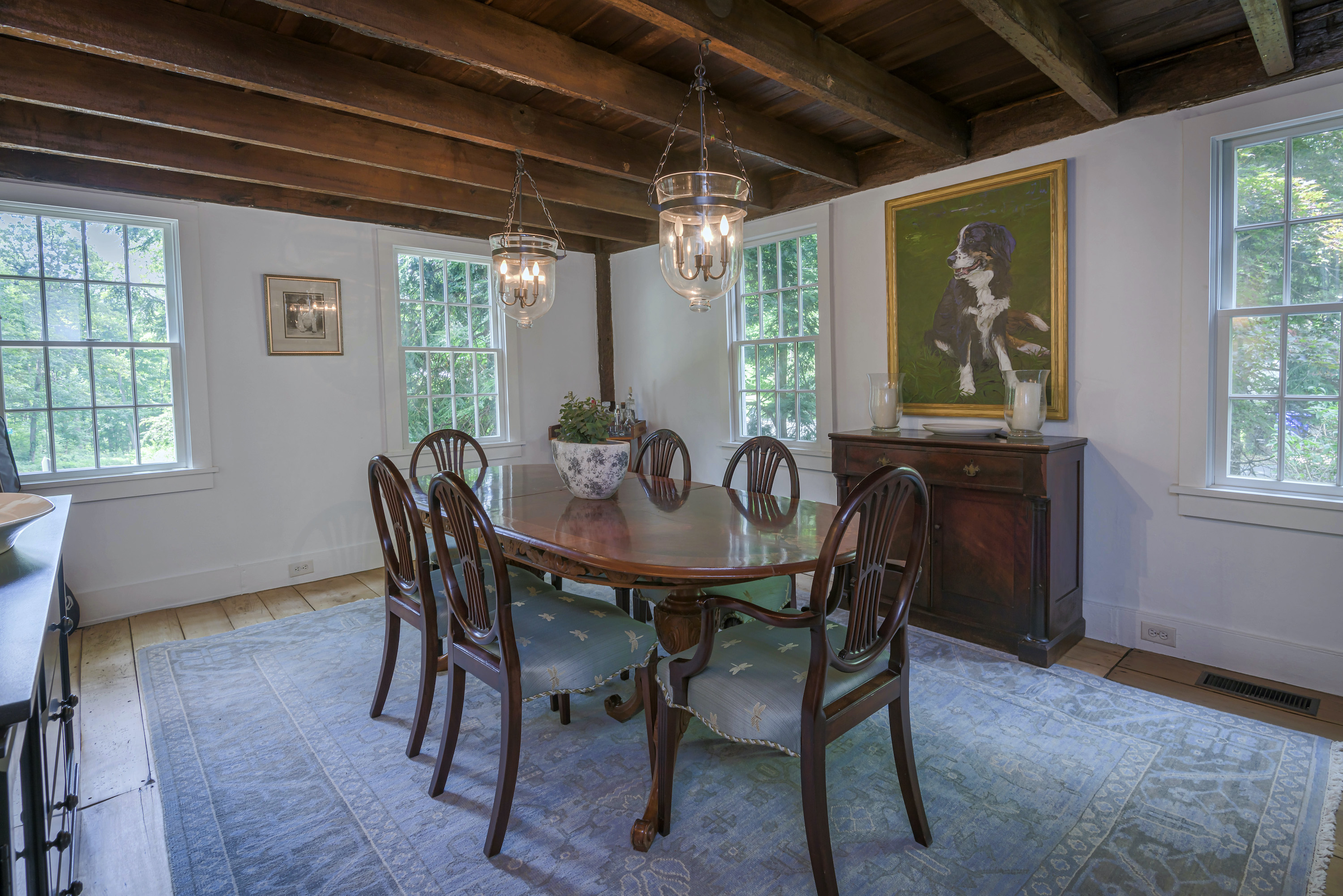

‘The height of the frenzy’
Within a couple of hours, they were on the property of the Ridgefield house, along with what seemed like 20 other couples. It has three bedrooms, four updated baths, a new kitchen, and plus other improvements. It also boasts central air, a separate cottage, a pool, and two fireplaces.
“It was totally renovated to be period appropriate,” he says. The asking price was just under $1 million.
They submitted an offer of $1.35 million during the car ride home. It was the second-highest offer.
“This was the height of the frenzy last year,” Miller says, just prior to the Fed embarking on a series of interest rate hikes to cool inflation. Many buyers were doing tours via FaceTime and more than half were withdrawing offers after inspection.
Karla Murtaugh, an agent at Compass Ridgefield, represented the seller. She says interest in the historic property was intense and offers started coming in immediately.
“People were on line to see it and even I had trouble getting inside. It was crazy,” Murtaugh says. “It was only shown for four days before we had to shut it down. I wanted to be fair” to the buyers who submitted bids, she says. Otherwise, the bids would have kept coming.
She describes the place as very unique, which feels something like an understatement considering the age of the place, its modern updates, the size of the property, and proximity to stores and restaurants.
And even though the owners had renovated the place over the years, they decided to do more work prior to listing, redoing all four bathrooms. “The owners didn’t skimp on anything,” Murtaugh says.
A winning strategy
Within a few days the Millers found out their bid—36 percent over ask—was accepted after the top offer (for a much higher amount) fell through. “We were beyond euphoric,” Miller says.
The asking price had looked unusually low to Miller, a strategy for sellers to whip up a frenzy among buyers and create a bidding war. “I think we only really overpaid by 10 to 15 percent,” he says.
It’s important to point out that mortgage rates at that point were still low—they would start to inch up just two weeks later. “All I do for a living is measure markets and low mortgage rates made me pay a lot for my house,” he notes.
No offers on their place for weeks
There were still hurdles to overcome. The Millers needed to renovate their Darien home before putting it on the market and had to contend with supply chain issues. And the market had already shifted: They listed the day after the Fed’s first rate hike and they didn’t get any offers for weeks.
“I could see it coming. Our house wasn’t presentable. People were not looking for fixer-uppers. There was a massive premium for houses that were done, and it felt like we were in quicksand having to depend on the supply chain,” he says.
After 42 days and two price cuts totaling 10 percent off, they accepted an offer of $1.8 million, which was a little more than they had originally sought. Whew!
Life in their new (very old) house
They have been enjoying their new digs, especially when their grandchildren come over to swim (note to grandparents everywhere: take Miller’s advice and get a pool). Over the holidays Miller fired up both fireplaces. “It was magical.”
Miller unearthed some intel about his house, which has quirky features that the previous owners left intact, like wide plank floors and a narrow staircase closed off by a doorway. Miller, citing his appreciation for historic houses, says he doesn’t mind the narrow stairs.
He discovered that former residents include a cobbler—someone who repairs your old, worn-out shoes and gives them a new life. A kindred spirit, perhaps.
You Might Also Like


















